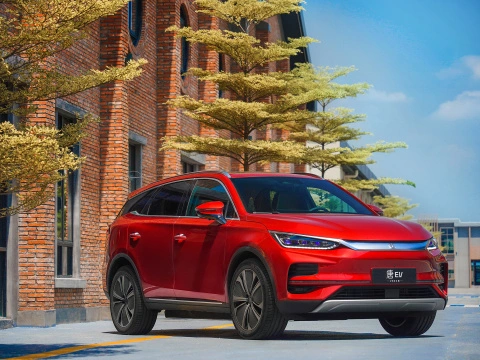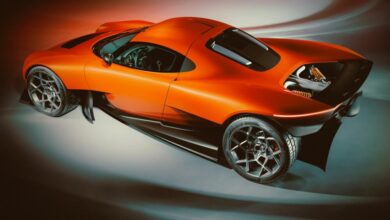Covestro’s vision: Versatile polyurethane foams: paving the way for more sustainable materials in cars

Polyurethane (PU) foam stands as a cornerstone material in various automotive components, including car seats, instrument panels, load floors, headliners, and acoustic applications. Covestro is dedicated to elevating the sustainability of PU by integrating alternative feedstocks into their products today while aiming for the full recyclability of PU foam from end-of-life vehicles (ELVs) in the future.
https://de.freepik.com/fotos-kostenlos/frauliche-fahrerhaende-am-lenkrad-im-auto_115209518.htm
Polyurethane: the indispensable material for auto interiors
In the automotive industry, quality is non-negotiable. Car buyers seek quality vehicles that convey a feeling of luxury. This is precisely why polyurethane (PU) holds a pivotal role in crafting car seats, armrests, and instrument panels. PU foams offer unparalleled versatility, allowing for customization from soft to rigid forms, coupled with remarkable durability to withstand daily wear and tear. These foams effectively mitigate noise and vibrations, providing enhanced thermal insulation for increased passenger comfort and convenience.
In the realm of automotive design and manufacturing, polyurethane has emerged as a cornerstone material, revolutionizing the functionality and aesthetics of auto interiors. This versatile polymer, known for its remarkable adaptability, durability, and comfort, plays an indispensable role in shaping modern vehicle interiors.Another key application of polyurethane in auto interiors is in the production of trim and panels. Polyurethane’s flexibility allows for the creation of intricate designs and textures that enhance the visual appeal of vehicle interiors. From dashboard panels to door trims, polyurethane can be molded into various shapes and finishes, providing both aesthetic and functional benefits. The material’s ability to be easily colored and textured enables manufacturers to offer a wide range of design options, catering to diverse consumer preferences.
In addition to its comfort and design benefits, polyurethane contributes significantly to safety and durability. It is used in the production of crash padsand airbag components, where its impact-absorbing properties help mitigate the effects of collisions. This not only enhances vehicle safety but also contributes to passenger protection.
Furthermore, polyurethane’s resistance to wear and tear makes it ideal for high-traffic areas within a vehicle. Its resistance to abrasion, chemicals, and UV light ensures that interior surfaces remain pristine and functional over the vehicle’s lifespan. This durability reduces the need for frequent replacements, thereby lowering maintenance costs for vehicle owners.It offers a superior cushioning experience by conforming to the body’s shape, thus enhancing passenger comfort during long drives. Its resilience ensures that seats retain
In summary, polyurethane’s remarkable properties make it an indispensable
Polyurethane’s significance begins with its application in seating. Traditional materials often fall short in providing the balance between comfort and durability. Polyurethane foam, however, excels in these areas. It offers a superior cushioning experience by conforming to the body’s shape, thus enhancing passenger comfort during long drives. Its resilience ensures that seats retain
Furthermore, PU boasts superb formability, enabling the creation of intricate part geometries and seamless integration with other materials during manufacturing. These exceptional qualities position PU foam as the material of choice for automotive seat cushions, headliners, load floors, acoustic applications, and cutting-edge EV battery solutions. With such diverse applications, PU foams play an integral role as Original Equipment Manufacturers (OEMs) strive for carbon neutrality, aligning with their sustainability objectives.





